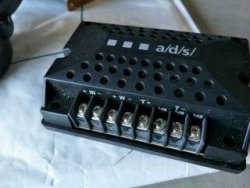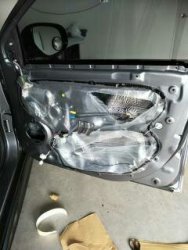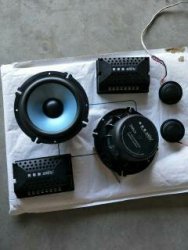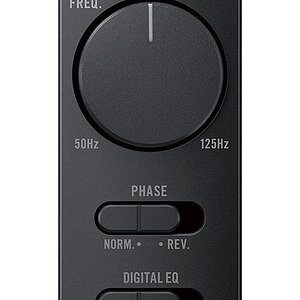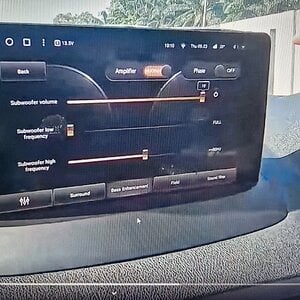Hey mate,
To answer your question on being easier to swap the factory amp;
The answer is...NO! Factory amps have different wiring and plug inserts and are not marked. They also carry high gauge wires that only work with factory head units.
That is way adding an aftermarket amplifier, you would be required to buy a amplifier wiring kit depending on your power needs. From memory, an 8 gauge power wire can carry up to 56 amps and 4 gauge does 140 amps etc
So, if you buy a 4 channel amp with a fuse rating at 60 amps, you have to compensate for the length from the battery to the amplifier location. Usually 10% is what you aim for so in this case is 66 amps in total. So you cannot buy a 8 gauge kit as the 8 gauge will draw 56amps max so if you proceeded to use this, the fuse will blow and there is a good chance your vehicle could pose a safety hazard to you or whoever drives your car and uses your system.
If you have component speakers (stock up front) and you buy an after market component ( the same woofer size) then chances are, it will come with a external 12db crossover, that may or may not have tweeter DB attenuation. ( Not needed but some do have this feature)
So in order to use the component speaker, you will have two crossovers for each set of woofer and tweeter. After taking the original speakers / tweeters out, place the aftermarket ones on the respective stock position. Check the woofer for clearance to glass window winding down so there is no obstruction to the window glass and mechanism.
After you take the stock speakers out from one door, wipe it with a damp cloth inside including outer and inner panel. then you can go ahead to apply sound deadening to the doors. Does not have to be full cover, just apply sparingly as they are not cheap. Just knock on the panel to see if it does not ring.
Use original space to place the tweeter and run wires to near the woofer below. Cut original speaker wires and connect to the crossover marked input - then you will see Tweeter / woofer output and tweeter options (if any)
Mount the aftermarket woofer using the original screw points and make sure you have sound deadening behind the woofer cone. Also don't forget to add the foam sponge on the woofers outer rim as per stock speaker (take this out from the stock speaker) as this all contributes to a better tighter mid-bass in the front stage. Repeat the process on the other door.
Refer to the pic added, shows an old ADS crossover, that has options for tweeter attenuation so the stock speaker out from the door spaker will go in the 'in' negative and positive. You will have to supply additional wiring to the woofer, solder them and apply heat shrink and then attach the connection to the cross over and make sure you check the polarity is correct. I usually leave the plastic in the door panels as water seeps through them. I cut some places to access the inner panels and to mount speakers and crossovers. I used double sided Velcro tape to attach the crossover inside the outer panel just next to the mid-woofer.
Hope this helps out mate!
